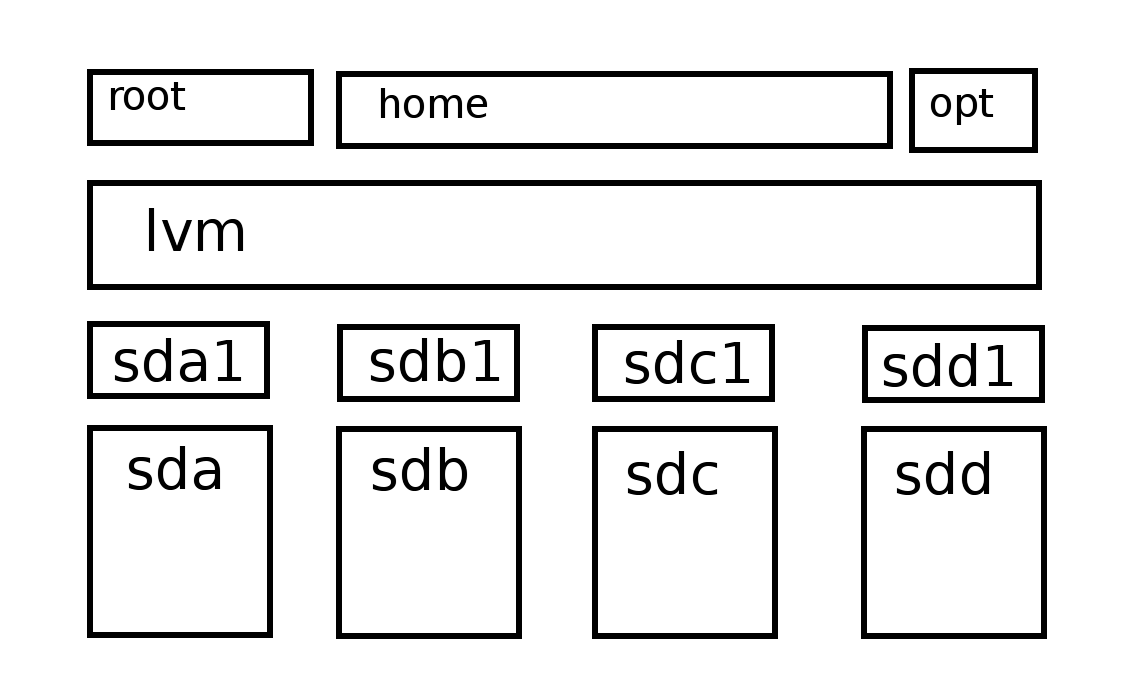My currently Linux Mint install has devolved into a disaster. My biggest issue is the Unifi AP controller failed to update, and do to, what I have to conclude, is some crap programming (definitely not excusing Ubiquiti’s programmers either) in Linux I cannot remove it from the list of updates and so I can no longer do any updates, and everything I have tried to fix this has only made things worse. It’s so bad that the Linux Mint “Update Manager” doesn’t even work any more. To top that off my root (/) partition, of 30GB, is very close to full (I get regular notifications). And I would like to update to Linux Mint 19. So all this combined means its time to format and start over.
Just for reference my current partitioning (according to GParted [I think its off by a bit]);
285MB - /boot
3.73GB - /swap ( probably not needed as I have 32 GB of RAM and only have SSD’s)
27.94GB - /
433.82GB - /home
What shocks me is that the /home partition has 95GB used, what with, who knows, as everything I download, create, or install (like windows games/software via Lutris or wine) I try to place on a second SSD. I did it this way so I wouildn’t have to worry about crashing the OS and/or wiping the primary drive. Now I need to go digging through an infinite tree of folders to see if I need to save something, very aggravating. Stuff like this is why I left Windows.
I find Linux entire file structure to be an aggravating mess, so what I am hoping to accomplish is to shove the whole mess into a corner (like I did with Windows), and very very seldom have to look at it.
So first does that partitioning work, barring the fact that the /home partition will be a lot smaller, something closer to 85 GB (so i can use a smaller SSD and free up the 500GB SSD)? If that does work I guess I need some information on how to seriously lock down all those partitions, including /home, to keep ANYTHING new from being put on them without very explicit permission from me. Also maybe along side that last point, when installing software on linux is there a way to override the “default” install location? Or set a default install location?
Man, why do I suddenly feel like I am using Windows???



